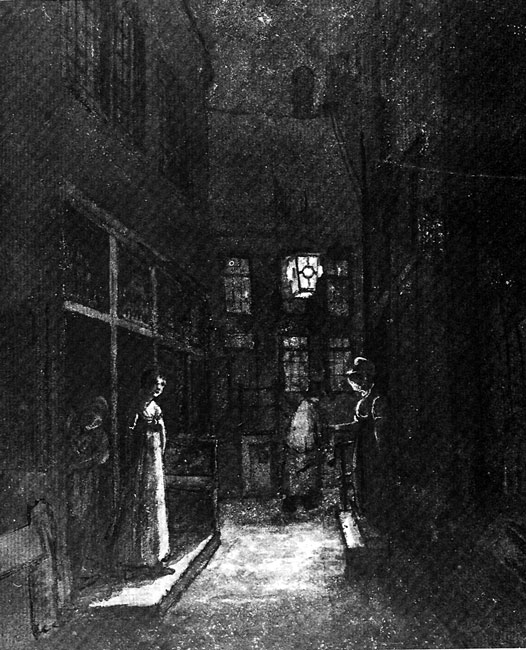PROSTITUTION IN THE NETHERLANDS:
AMSTERDAM:
Amsterdam was the third largest city in early modern Europe, and was becoming known as a city for prostitution. The proportion of women working as prostitutes in Amsterdam at that time was fairly high.
From 1650-1699, about 27 women were married for the first time for every prostitute that appeared before the bench for the first time in Amsterdam. From 1700-1749 this ratio became 63 to 1.
The majority of the brides were born in Amsterdam, however a large minority were were from other parts of the Netherlands, or were immigrants from various neigbouring countries including Germany (12% of the brides were from Germany between 1700-1749, mostly from rural villages).
The majority of the prostitutes were born in Germany (20% of the total from 1700-1749, mostly born in German cities).
Prostitution was also common in some other parts of the Netherlands. Administrative capitals had very low bride-prostitute ratios (eg. The Hague, 2.1 to 1), as did ports (eg. Rotterdam: 3.4 to 1), and riverside towns (eg. Nijmegen: 10.5 to 1).
The picture above is found in the Dutch Prison Museum. It is an 1810 drawing showing “Door and Window Prostitution” on Kromme Ellesboogsteeg in Amsterdam. Kromme Elleboogsteeg was a long street that was notorious as a centre for prostitution. This was probably also the street that Jean Isedore Allis lived on with his wife and children (however this is not certain, as there used to be three streets in Amsterdam with that name).
Reference: “The Burgher and the Whore: Prostitution in Early Modern Amsterdam” by Lotte van de Pol (ISBN: 9780199211401).
